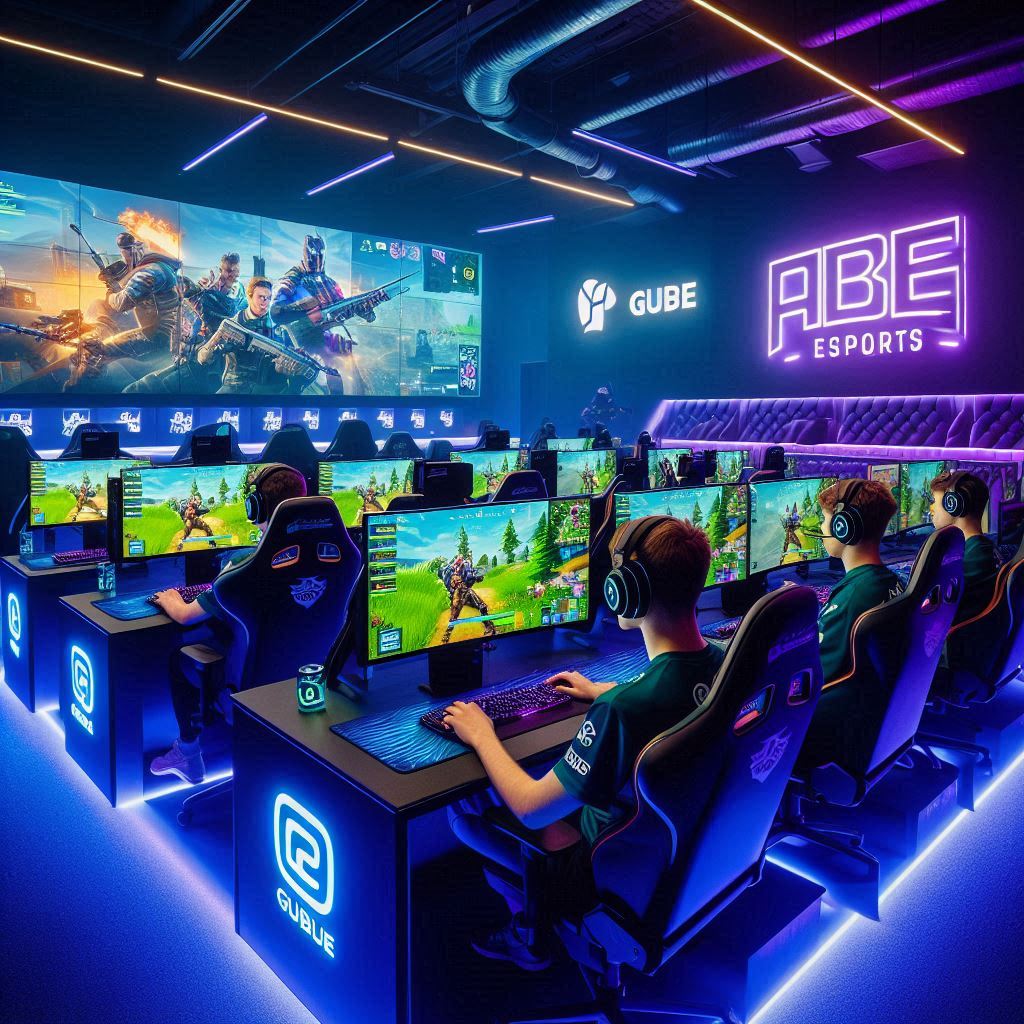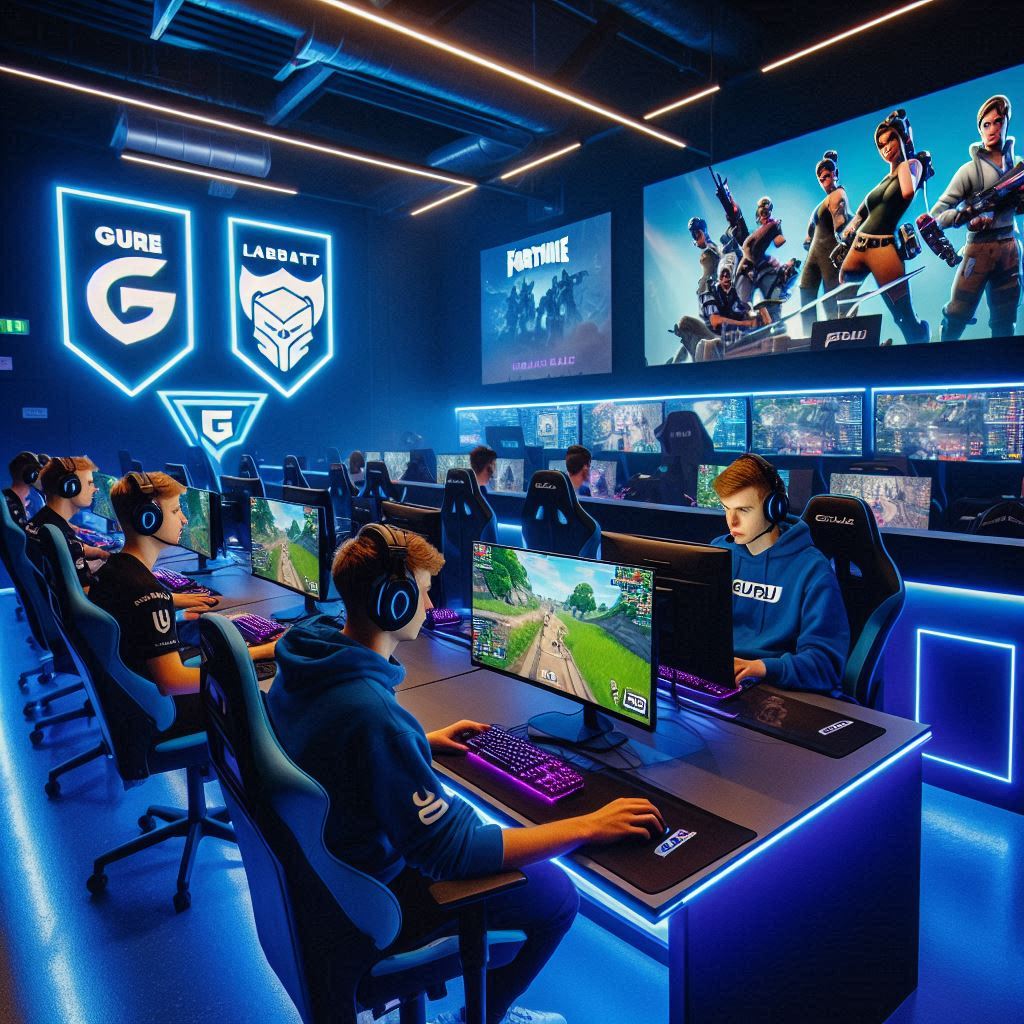Digital Oasis: UAE’s Strategic Position in Gaming Infrastructure
The United Arab Emirates has emerged as a pivotal hub for esports infrastructure development, leveraging its strategic location between Asian and European gaming markets. The nation’s commitment to technological advancement and digital transformation has created a fertile ground for esports venue investments, with Dubai and Abu Dhabi leading the charge in developing state-of-the-art gaming facilities.
Recent government initiatives, including the Dubai Creative Economy Strategy, have positioned gaming and esports as key drivers of economic diversification. This strategic focus has attracted significant attention from international property developers and gaming industry stakeholders, who recognize the potential for long-term growth in purpose-built esports venues.
The convergence of traditional real estate development and gaming entertainment has sparked a new era of specialized property investment in the UAE. Property developers are increasingly incorporating gaming-specific features into their commercial developments, responding to the growing demand for professional esports facilities and entertainment centers.
Investment in esports venues across the UAE has seen exponential growth, with property valuations in gaming-centric districts showing remarkable resilience compared to traditional commercial real estate. This trend reflects the broader shift in entertainment consumption patterns and the rising popularity of competitive gaming in the Middle East region.
Blueprint Revolution: Technical Requirements for Modern Gaming Venues
Modern esports venues demand sophisticated technical infrastructure that extends far beyond conventional property development considerations. High-capacity fiber optic networks, redundant power systems, and advanced climate control systems form the backbone of these specialized facilities, requiring careful integration during the initial design phase.
The architectural requirements for esports venues present unique challenges, combining elements of traditional sports arenas with cutting-edge broadcasting facilities. Properties must accommodate multiple viewing angles, professional-grade lighting systems, and acoustic treatments while maintaining optimal playing conditions for competitors.
Environmental sustainability plays a crucial role in modern venue development, with investors increasingly prioritizing energy-efficient solutions for high-performance gaming facilities. Advanced HVAC systems, smart building management technologies, and renewable energy integration have become standard features in new esports venue developments across the UAE.
Property developers must consider the scalability of technical infrastructure, allowing venues to adapt to rapidly evolving gaming technology and changing event requirements. This forward-thinking approach includes provisions for augmented reality integration, holographic displays, and next-generation connectivity standards.
Market Dynamics: Investment Metrics and Revenue Streams
Property valuations in the UAE’s esports sector follow distinct patterns that differ significantly from traditional commercial real estate metrics. The assessment of potential returns involves analyzing multiple revenue streams, including event hosting, broadcasting rights, and auxiliary entertainment services.
Investment analysis reveals that purpose-built esports venues in the UAE demonstrate strong potential for diversified income generation. These properties typically incorporate retail spaces, training facilities, and content creation studios, creating multiple revenue channels that contribute to overall property value.
Financial modeling for esports venues requires careful consideration of operational costs, including specialized maintenance requirements and regular technology upgrades. Successful investments often demonstrate a balance between immediate returns from venue operations and long-term appreciation potential.
The correlation between property location and potential returns has emerged as a critical factor in investment decisions. Prime locations near established entertainment districts or technology hubs command premium valuations, while emerging areas offer opportunities for early-market advantages.
Regional Impact: Economic Ripple Effects of Gaming Properties
The development of esports venues has catalyzed significant economic activity in surrounding areas, creating new opportunities for complementary businesses and services. Hotels, restaurants, and retail establishments near gaming facilities report increased foot traffic and higher occupancy rates during major events.
Employment generation extends beyond direct gaming industry roles, creating opportunities in property management, technical maintenance, and event operations. The specialized nature of esports venues has fostered the development of new skill sets within the UAE’s workforce.
Property values in districts surrounding major esports venues have demonstrated consistent appreciation, outperforming market averages in several UAE locations. This trend has attracted attention from institutional investors seeking exposure to the growing gaming and entertainment sector.
The integration of esports venues into mixed-use developments has created new models for urban planning and community development. These properties serve as anchors for entertainment districts, driving foot traffic and supporting the growth of auxiliary businesses.
Regulatory Framework: Navigating Investment Guidelines
UAE authorities have implemented specific regulatory frameworks governing the development and operation of esports venues, balancing industry growth with public safety considerations. Property investors must navigate these requirements while adhering to existing real estate development regulations.
The licensing process for esports venues involves multiple stakeholders, including gaming regulatory bodies, property development authorities, and technical certification agencies. Understanding these requirements is crucial for successful project implementation and ongoing operational compliance.
Investment protection mechanisms within the UAE’s legal framework provide clarity regarding property rights and operational guidelines for esports venues. These protections have enhanced investor confidence, particularly among international stakeholders entering the market.
Regulatory compliance costs impact overall investment calculations, requiring careful consideration during the initial planning phase. Successful projects demonstrate proactive engagement with regulatory authorities and implementation of comprehensive compliance programs.
Risk Assessment: Critical Factors in Gaming Property Development
Market analysis reveals specific risk factors unique to esports venue investments in the UAE market. These include technological obsolescence, changing consumer preferences, and competition from virtual event platforms.
Property developers must consider implementation risks associated with specialized technical requirements and construction complexities. Successful risk mitigation strategies often involve partnerships with experienced gaming industry operators and technical consultants.
Operational risks in esports venues require sophisticated management approaches, combining traditional property maintenance with specialized gaming equipment upkeep. Insurance considerations for these properties extend beyond standard coverage to include specific protections for technical infrastructure and event-related risks.
Investment diversification strategies within the gaming property sector help mitigate market-specific risks. Successful portfolios often combine different types of gaming venues and auxiliary facilities, creating balanced exposure to the growing esports market.
Performance Metrics: Measuring Investment Success
Traditional real estate performance indicators require adaptation when applied to esports venues, incorporating metrics specific to gaming industry success. Property valuations increasingly consider factors such as event capacity utilization, technical infrastructure quality, and digital engagement metrics.
Comparative analysis of operational data from established venues provides valuable insights for new investments. Key performance indicators include event frequency, average attendance rates, and revenue per square meter from gaming and auxiliary activities.
The development of standardized benchmarks for esports venue performance has enhanced market transparency and investor confidence. These metrics facilitate more accurate property valuations and help identify opportunities for operational optimization.
Long-term value creation in esports properties depends on maintaining competitive advantages through regular updates and adaptations. Successful investments demonstrate commitment to continuous improvement and responsiveness to market trends.
In response to evolving market demands, property investors in the UAE’s esports sector must maintain a delicate balance between immediate returns and long-term sustainability. The following factors consistently contribute to successful outcomes:
- Technical infrastructure scalability
- Diverse revenue stream development
- Strategic location selection
- Regulatory compliance management
- Risk mitigation strategies
- Performance monitoring systems
- Operational efficiency optimization
- Market trend responsiveness




